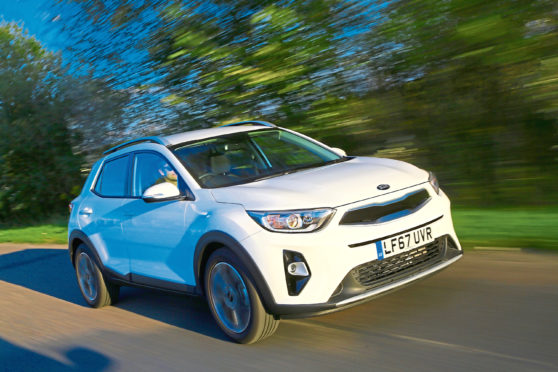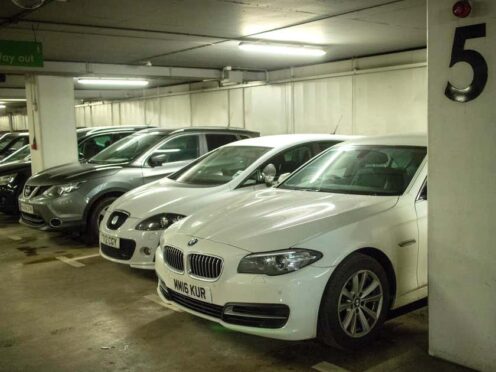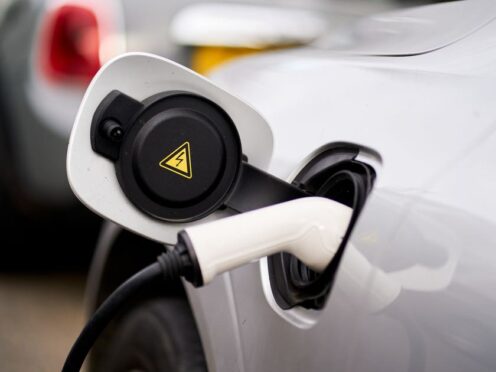Kia couldn’t afford not to be in the B-SUV segment for Nissan Juke and Renault Captur-style Crossovers.
This sector of the market does, after all, currently account for over 1.1 million sales in Europe each year and that figure is only likely to grow.
Forecasts expect the number to top 2 million by 2020, at which point sales will overtake those in the “C” part of the SUV segment – that for Nissan Qashqai and Kia Sportage-sized Crossovers.
Kia has noted that the B-SUV segment attracts buyers from across the spectrum, with 21% of customers upsizing from a supermini and another 15% downsizing from their family hatchbacks.
Cars like the Stonic also appeal to those looking to replace their compact MPVs.
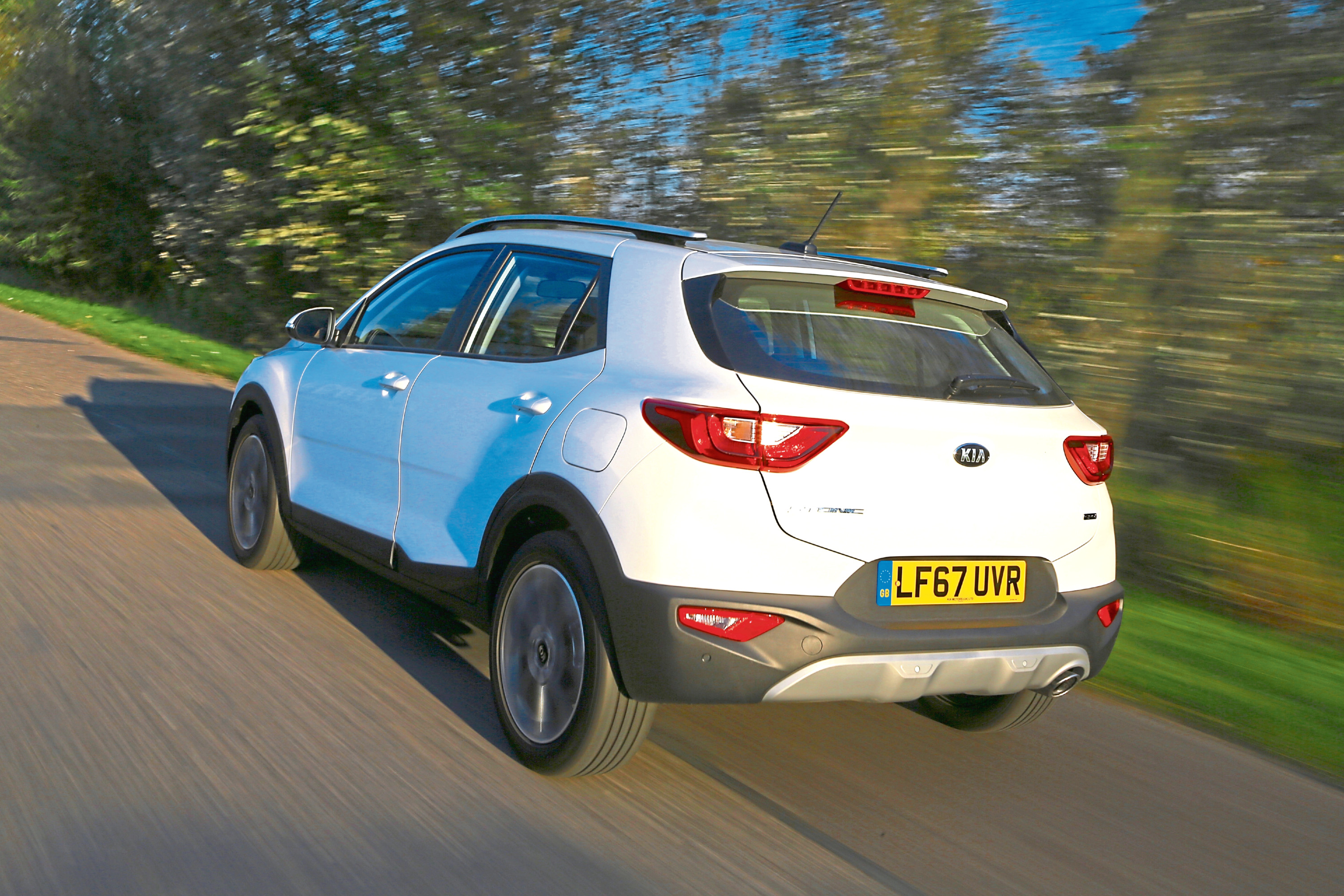
This model is based on the underpinnings and engineering of Kia’s Rio supermini and shares much of its design with another Korean contender in this class, Hyundai’s Kona.
That means a range of lightweight, downsized, turbocharged petrol and diesel powerplants, each paired with a manual transmission.
Buyers have the choice of the brand’s lightweight 118bhp 1.0-litre T-GDI turbo petrol unit, as well as the older-tech but cheaper 98bhp 1.4-litre naturally-aspirated MPI petrol engine.
An efficient 108bhp 1.6-litre CRDi diesel engine completes the range, offering the lowest emissions in the line-up.
The car’s European-tuned steering and suspension are designed to offer the kind of fun responses buyers are now expecting from small SUVs.
The stiff bodyshell allowed the development team to introduce a more compliant suspension system.
A carefully-calibrated power steering system should provide decent feel through the helm too.
The standard VSM (vehicle stability management) system includes torque vectoring and cornering brake control to help you get the power down through the corners.
All models are front-driven: there’s not much appetite in this segment for 4WD.
This is one of the most striking Kia models we’ve seen to date, though the shape incorporates several of the brand’s signature design elements, such as the “tiger-nose” grille.
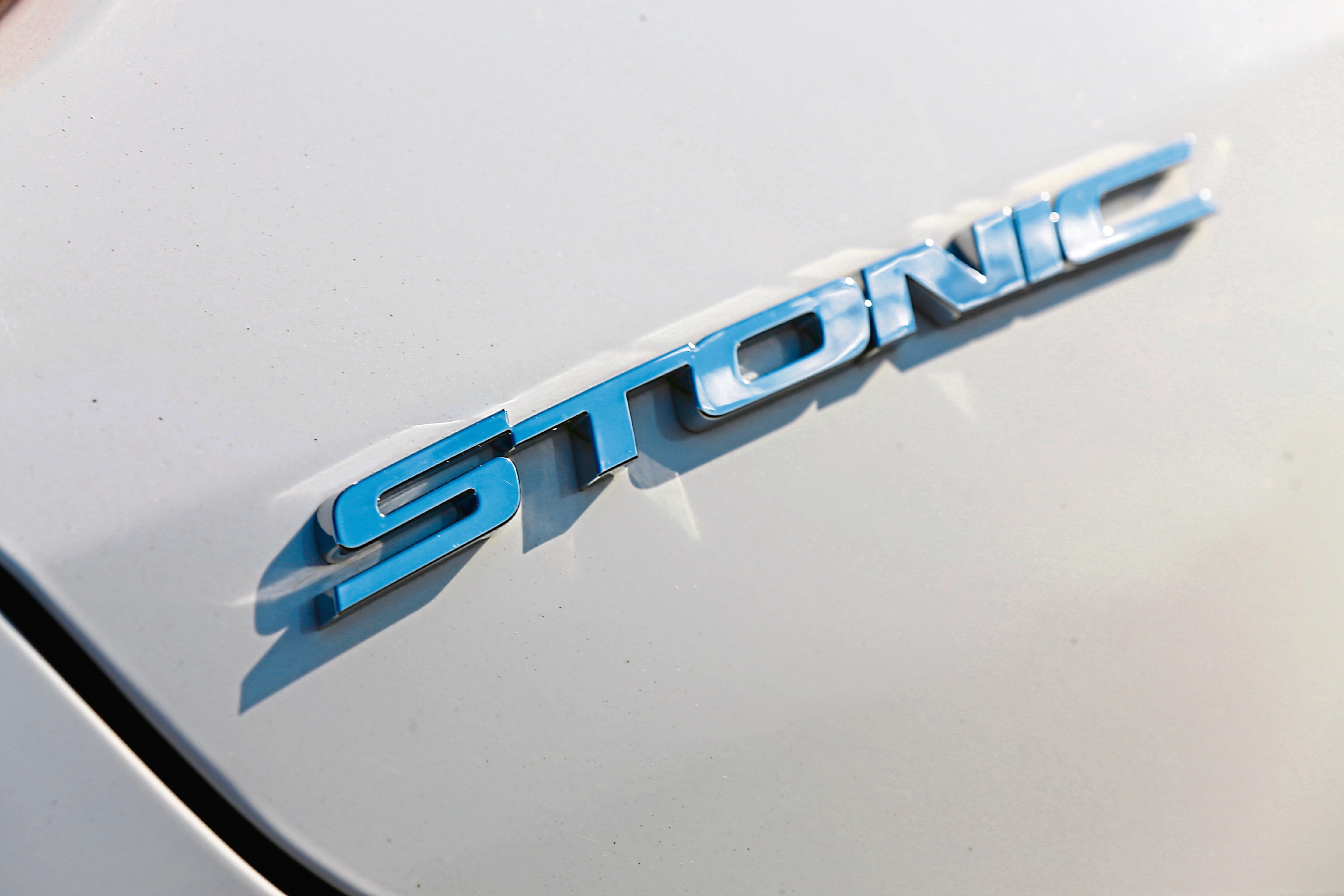
Styled in Europe, in collaboration with Kia’s Korean design studio, the body aims to blend sharp horizontal feature lines with softer sculpted surfaces.
The brand knows that individuality is important to many customers in the B-SUV segment and the Stonic’s Targa-style roof enables buyers to choose a two-tone paint finish. The idea has been to distance this Crossover from the Rio hatchback on which it’s based.
Hence also the sharp creases and kinks near the door sills and the way that the window line kinks upwards too.
Rugged-looking black plastic cladding runs in a ring around the bottom edge of the car and around the wheel arches, plus there are brushed metal skidplates front and rear.
Inside, it’s all much more Rio-like. The fascia is basically the same as is the switchgear, though Kia has tried to disguise this with a range of customisable colour schemes.
Plusher variants get a seven-inch infotainment touchscreen.
Space inside is slightly better than you’d expect from a car of this class, with decent leg and headroom, plus class-leading shoulder room. In the back, a two-step floor allows owners to expand or shrink the 352-litre boot to suit their needs.
Stonic pricing starts at just over £16,500 and rises to just over £21,000; that’s the same kind of pricing bracket common to the two leading small SUVs, Nissan’s Juke and Renault’s Captur.
There are currently three trim grades – “2”, “3” and “4”. This car is available with up to 20 two-tone colour combinations, with a choice of up to five distinctive colours for the roof.
The headline engine is Kia’s well-regarded 1.0 T-GDI petrol turbo unit and it should certainly prove to be very frugal.
Expect this 118bhp unit to manage over 55mpg on the combined cycle and under 110g/km of CO2.
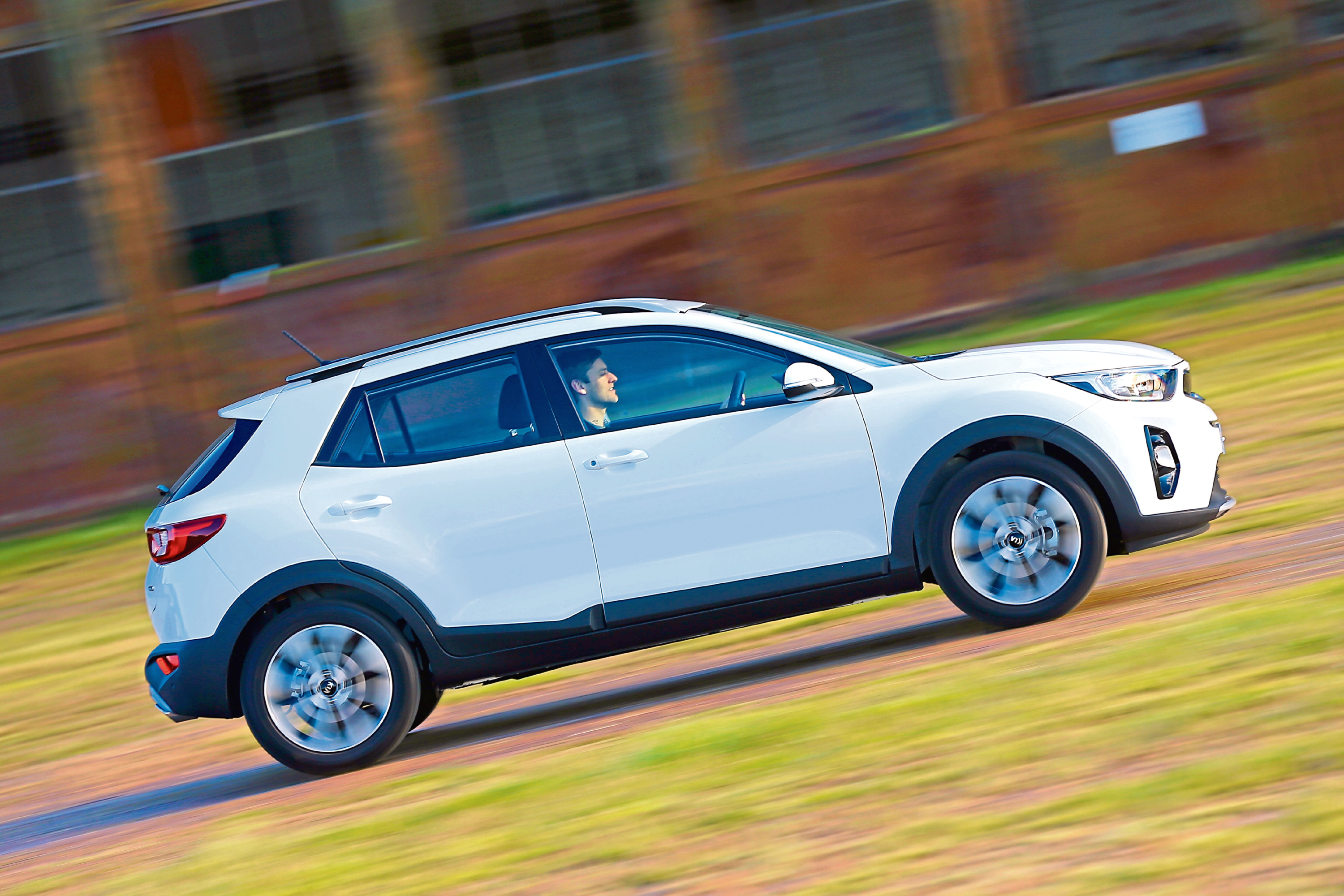
The older-tech 1.4-litre MPI petrol engine won’t be quite as efficient, being likely to return around 50mpg and 120g/km. Obviously, the 1.6-litre CRDi diesel will be much better. Expect about 70mpg and about 100g/km.
On all models, Kia’s ISG engine stop/start system is standard.
Kia may be a late entrant in the B-SUV segment but it’s produced an impressively complete contender here.
Change the perception you might have of this brand as being somewhat dull and characterless.
Products like the Stinger are changing that and this Stonic model is further evidence that Kia is mastering the art of producing desirable, yet affordable cars.
Which is just as well because buyers in the small Crossover class want charisma and individuality, attributes delivered in surprising measure here.
If you’re buying in this class, this contender is another that really ought to be on your list.
